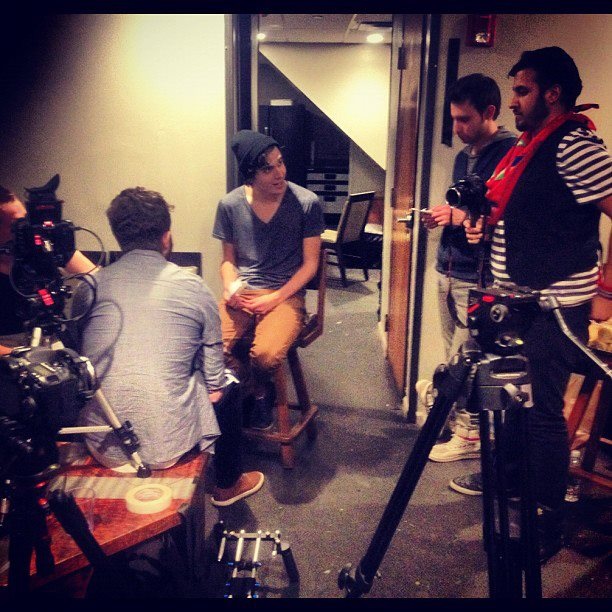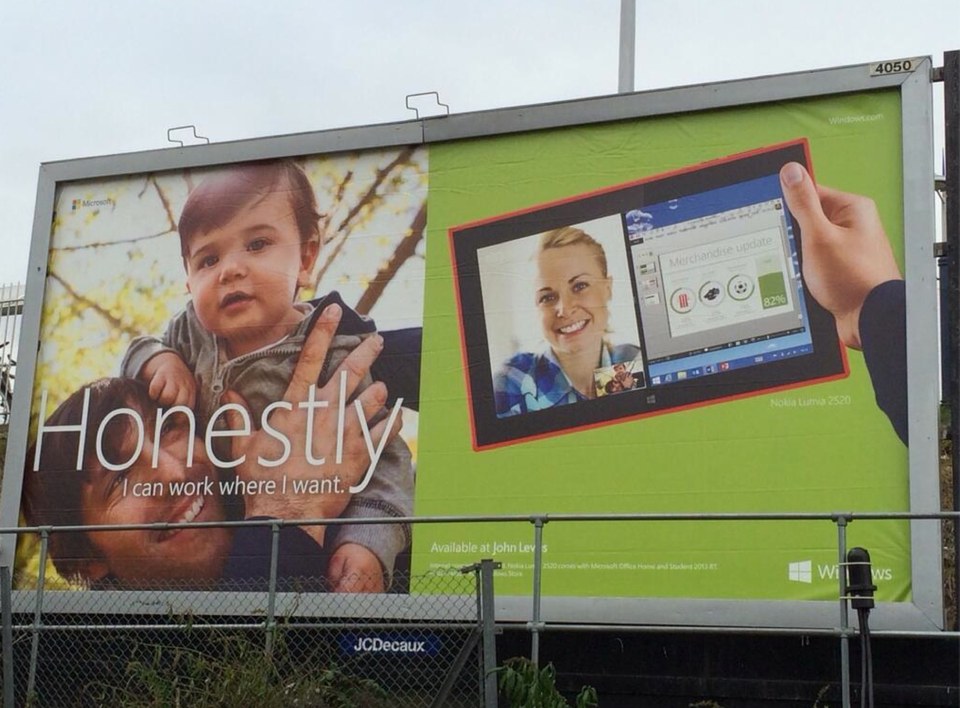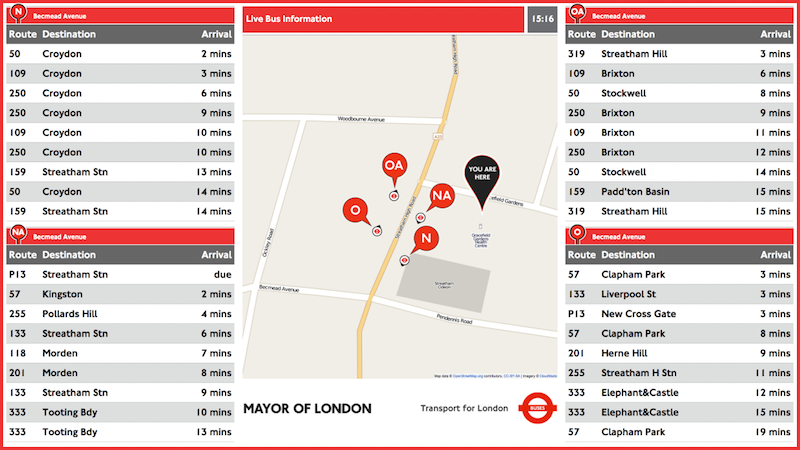Back in June we launched Know Your Company, a tool for helping company founders, owners, and CEOs get to know their companies again.
A few hundred one-on-one demos later, we’re about to hit our 100th paid customer.
Because of Know Your Company, thousands of employees have a louder voice, and a hundred company owners have bigger ears. Employees are sharing things they’ve never been asked about before, and owners are hearing things they’ve never heard before. New insights come weekly, and more feedback is flowing in both directions. Things are changing for the better at Know Your Company companies.
Back of the napkin financials
From the business side, in just six months, Know Your Company has booked $390,000 in revenue (and is profitable). The pricing model is $100 per-employee one-time (once you pay for someone you never pay for them again). The smallest customer has 16 employees, the largest has 105. As existing customers grow or replace employees, about 20 new employees are added to the system every week. Customer retention is holding strong at 99% (unfortunately we’ve had one cancellation).
Referrals are healthy too – we get a fair number of emails from CEOs who’ve heard of Know Your Company from existing Know Your Company customers. Even more promising, we’ve been hearing from CEOs who heard about Know Your Company from their employees!
Growing up
What started as a hunch, then launched as an internal experiment, before ultimately becoming commercial product, has blossomed into a thriving business.
In the spirit of continued experimentation, we’re about to take it up a notch and try something we’ve never done before: We’re spinning off Know Your Company into its own business.
In January 2014, Know Your Company the product will become Know Your Company the company, separate from 37signals.
Meet Claire Lew, the new CEO of Know Your Company
The new company will be co-owned by 37signals and Claire Lew. Claire will be the CEO and run all day-to-day operations. We’ll be on the sidelines purely as advisors, ready to help if called upon. If all goes well, Claire will ultimately own more of the company than 37signals will.
So who’s Claire? Claire’s someone we’ve had our eye on for a while. They don’t come much sharper (and nicer!) than Claire. In fact, we originally contemplated hiring Claire to run Know Your Company from the start, but things just didn’t come together.
Claire went off to start ClarityBox, a consulting practice aimed at helping owners understand what their employees really thought. You can watch her talk about it here:
ClarityBox’s mission was similar to Know Your Company. We obviously saw the same kinds problems out there and wanted to help solve them in similar ways.
So once it was clear that Know Your Company had legs, and that we wanted to spin it off into its own company, Claire was the natural match to run it.
I pitched her the idea and she was into it. We hammered out a deal and related details in a couple of weeks and signed the formal agreement yesterday. We’ll be transitioning the company and product over to Claire this month, and she’ll run it completely starting in January. I’ve heard some of her initial ideas so I’m excited to see where she takes it.
Know Your Company
So if you’re a founder, owner, or CEO of a company between 25 and 75 people, and you feel like you don’t know as much about your company as you used to, it’s time to get to Know Your Company again. Claire will show you how.







